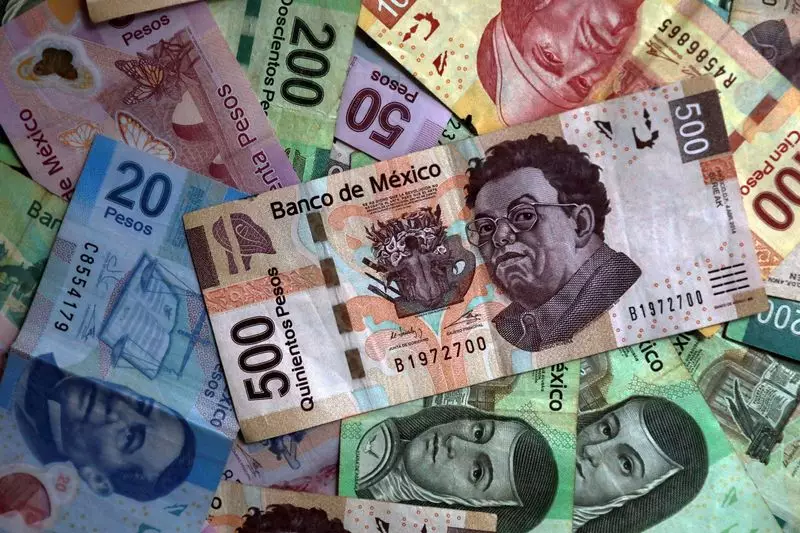The Impact of U.S. Tariff Threats on the Peso and Canadian Dollar

In a significant development in North American financial markets, the Mexican peso experienced a notable decline on Sunday, accompanied by a similar weakening of the Canadian dollar. This drop in currency value has been attributed largely to the escalating fears surrounding U.S. President Donald Trump’s increasingly aggressive trade policies. As the President continues to leverage tariffs as a tool for international negotiation, the financial stability of these neighboring economies is placed under considerable strain.
The economic ramifications of these trade tensions are clearly illustrated through the exchange rates of the affected currencies. The USD/MXN exchange rate, which reflects how much the peso costs per U.S. dollar, showed a significant increase of approximately 1.1%, reaching a level of 20.4949 pesos per dollar. Similarly, the Canadian dollar was not spared from this wave of depreciation; the USD/CAD rate rose by 0.1%, establishing a value of 1.4381 Canadian dollars per dollar. Such fluctuations indicate a prevailing sentiment of trepidation among investors and market participants regarding the potential fallout from Trump’s tariff policies.
President Trump’s imposition of tariffs has broader implications that extend beyond mere currency valuations. The tariffs—most recently applied to Colombia—are a reflection of the U.S. administration’s tough stance on trade and immigration. Following Colombia’s refusal to accommodate U.S. military aircraft, Trump responded with a punitive 25% tariff on imports from the country, warning that noncompliance could escalate this figure to 50% within a week. This punitive measure illustrates a willingness to transform economic tools into instruments of geopolitical pressure, heightening tensions not just in U.S.-Colombian relations but also casting a long shadow on interactions with Mexico and Canada.
The volatility of the dollar also signals a turbulent market environment, with the U.S. dollar showing mild gains against a basket of foreign currencies. However, analysts note that these gains might not last, given the considerable losses the dollar has experienced recently. Should tariff threats against Mexico and Canada materialize, the potential for a further decline in these currencies looms large, necessitating careful observation of the unfolding economic landscape. Moreover, the contemplation of initiatives such as a 10% tariff on China adds another layer of complexity, suggesting that Trump’s trade agenda is far from static and could lead to further market upheaval.
As the U.S. administration pursues its controversial trade strategies, the financial health of neighboring economies like Mexico and Canada remains precarious. The depreciation of both currencies serves as a stark reminder of the interconnectedness of global economies and the potential ramifications of political decisions. Investors and market analysts face a challenging environment, requiring vigilance and adaptability in response to an unpredictable geopolitical landscape influenced heavily by U.S. tariff policies.





